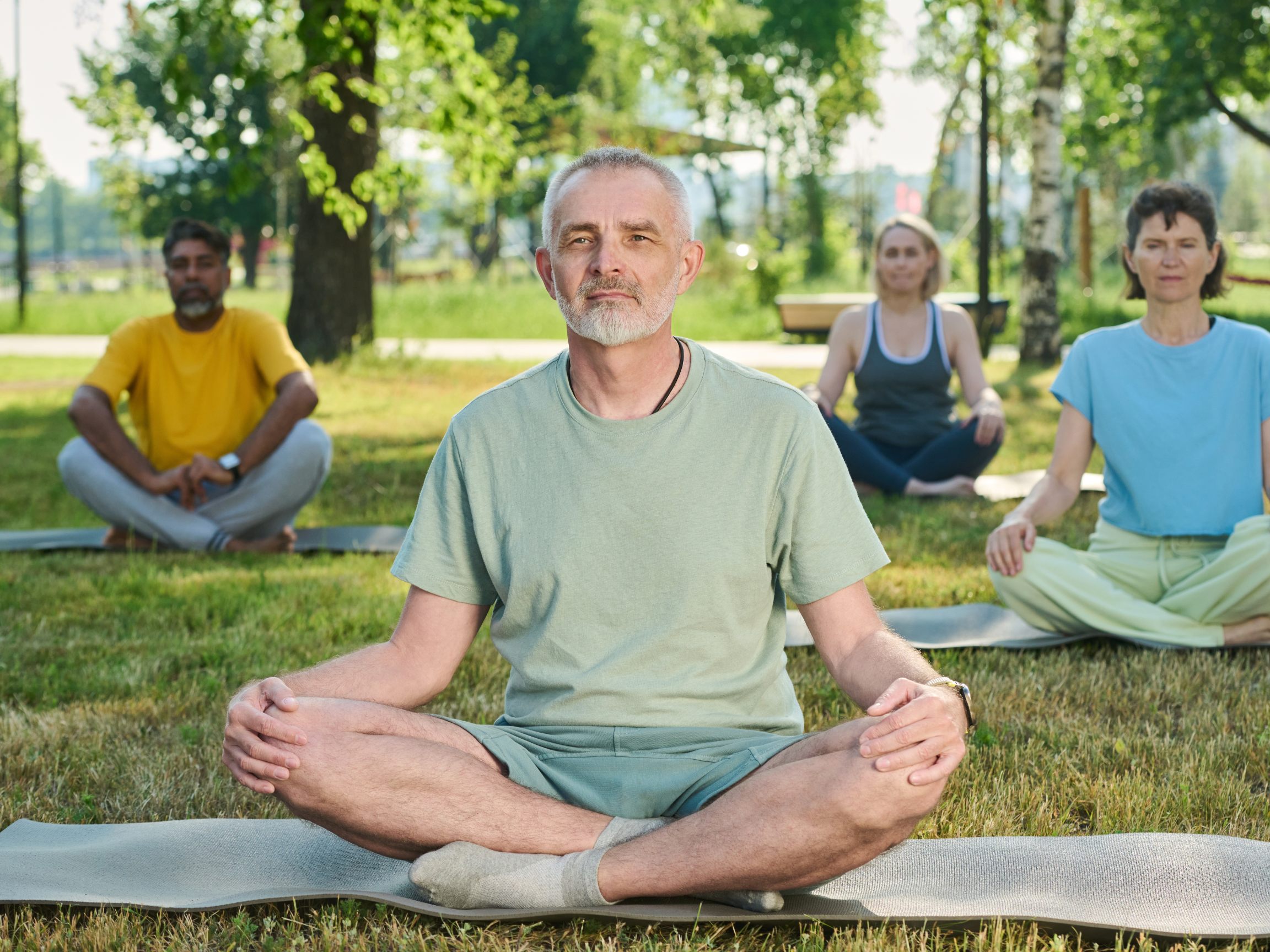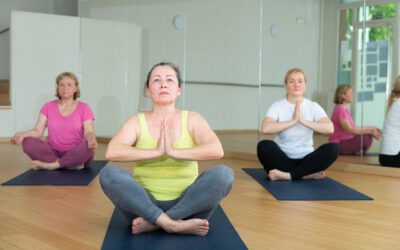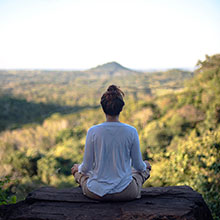Spending entire days in silence is not an easy experience. Those who have lived it know that absolute silence, without phones, music, books, or conversation, is not like rest. It is more like a mirror: one where thoughts, emotions, and sensations appear, usually lost in the noise of daily life.
A silent retreat is a radical disconnection from the outside world to listen to what we rarely have time to hear: the mind, the body, and their most subtle rhythms. These experiences are not designed for entertainment or instant relaxation, but for clarity. And that clarity, though uncomfortable at first, profoundly transforms how we perceive life and ourselves.
What a Silent Retreat Really Is
A silent retreat involves a complete suspension of speech, reading, electronic devices, and any form of external stimulation. For several days, sometimes a week, participants follow a structured routine of meditation, mindful walking, yoga, breathwork, rest, and light meals, usually based on a sattvic diet: natural, plant-based, and stimulant-free, designed to calm the mind.
This kind of diet is not a minor detail. Yogic tradition holds that food can influence the mental state. In this YouTube video, “What is Sattvic Food”, it’s explained how pure and simple foods promote serenity and inner clarity essential elements during a retreat.
Silent retreats have roots in ancient traditions, from Buddhist monasteries to contemplative Christian orders. Today, however, they are also used in therapeutic and personal development contexts. According to the National Center for Complementary and Integrative Health (NCCIH), meditation and mindfulness-based programs significantly reduce anxiety and perceived stress levels.

What Happens When You’re Alone with Your Mind
Prolonged silence is not comfortable. When external sounds fade, the first thing that appears is internal noise repetitive thoughts, stored emotions, worries, or forgotten memories. Without distractions, the mind has nowhere to run.
During the first days, it’s common to feel anxiety, boredom, or even physical discomfort. But gradually, that mental agitation begins to subside. In its place emerges a deeper stillness, a sense of presence that no longer depends on external stimuli.
In a study published in Nature Human Behaviour (2022), participants who spent a week in natural, silent environments showed a 37% reduction in sympathetic nervous system activity, the system that triggers the stress response, and a significant increase in physiological relaxation markers.
Signs You Might Benefit from a Silent Retreat
There are moments in life when the body and mind start asking for silence. If you recognize some of these situations, a retreat might be calling you:
- You feel overwhelmed by digital noise, screens, and constant multitasking.
- You sense that even surrounded by people, you’ve lost touch with yourself.
- You’ve been postponing an important decision or going through a major life change.
- You’re seeking emotional clarity or a real, not superficial, kind of rest.
- You’ve tried meditation but find it hard to maintain a daily practice.
A silent retreat is not a quick fix, but it is a radical way to reconnect with what truly matters.
What to Expect During the Retreat
Days in a silent retreat follow a rhythm very different from everyday life. There is no music, no books, no conversations. Every activity has a mindful purpose.
A typical day may look like this:
07:00 – Pranayama (15 min)
07:15 – Meditation (45 min)
08:00 – Yoga (60 min)
09:00 – Breakfast and Break
11:00 – Meditation (60 min)
12:00 – Art Project
13:30 – Lunch & Break
16:30 – Meditation (60 min)
17:30 – Restorative Yoga (60 min)
19:00 – Dinner
20:30 – Meditation (45 min)
Without social interaction, energy turns inward. The body relaxes, sleep regulates, the mind clears. The absence of stimulation becomes a form of inner nourishment.
What Type of Retreat to Choose
Different formats exist depending on your experience and available time.
Short retreats (2 or 4 days) offer an accessible introduction, while week-long or 10 day vipassana retreats allow for deeper immersion.
Here are some future personal silent retreat dates that Silent Focus offers.
How to Integrate Silence After the Retreat
The real practice begins when you return home. Maintaining inner silence amid daily routines is the true challenge.
Setting up a meditation practice after you return home is key to keeping the effects of silence. It is best to have a scheduled meditation routine, a daily practice in the same location in your home is the key to success. After a silent retreat it is easier to sit so starting with a 30min meditation when you get home in the evening is best and continue with 30min in the morning as well.
Usually the effects of silence and clam on the mind will last at least a week after leaving.
Another technique that works well is visualization the sensations you felt while in silence. Go back to that sun beam you had at the retreat in nature. Return to that relaxing stroll by the river. Any time you feel stressed take a breath and try to go back to the silence you had during the retreat.
The Value of Being Still
A silent retreat is not a spiritual escape or a wellness trend. It’s a gentle confrontation with yourself. In deep silence, we discover that there is nothing to “fix” only to observe. What arises, calm, fatigue, nostalgia, or relief, are all parts of the same experience of being alive.
If you feel curious or drawn to explore this practice, trust that intuition. Silence might not be what you expect, but it’s probably what you need.
For more information on retreats, mindfulness, and conscious well-being, follow us on Instagram: @silentfocus.co





